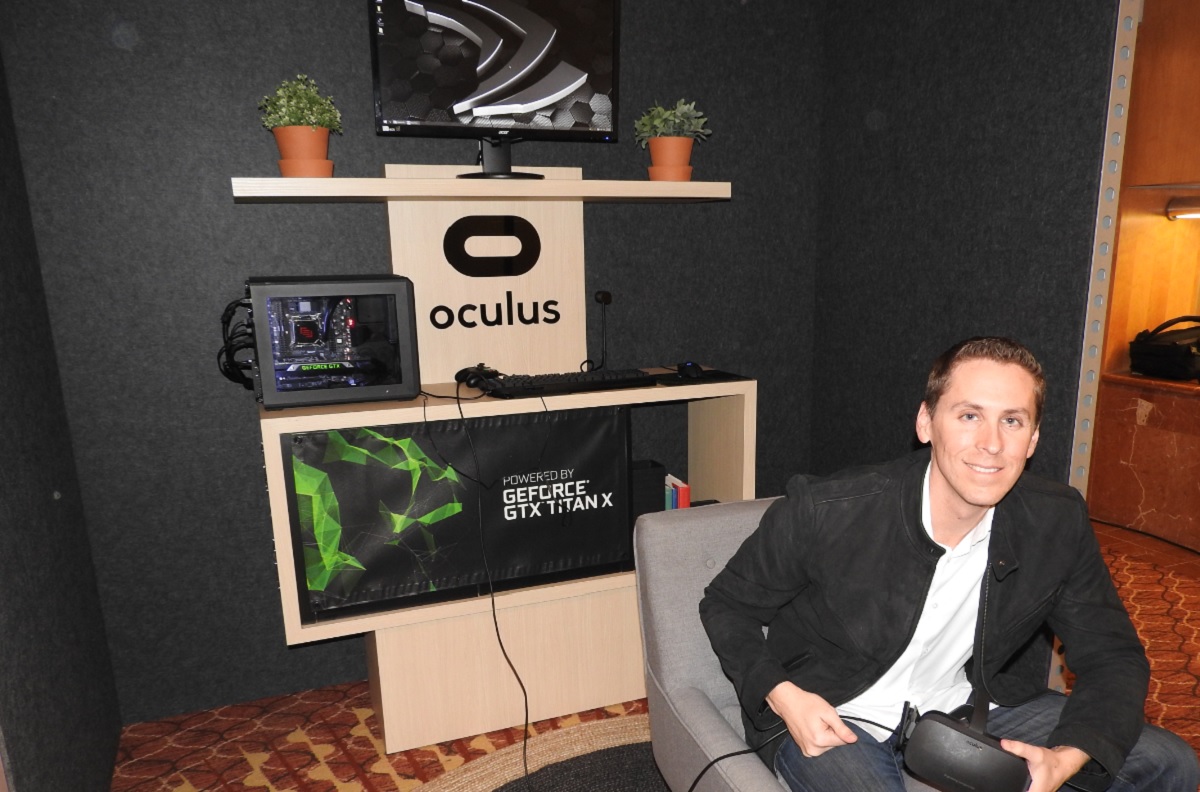The folks at Nvidia, the world’s largest maker of stand-alone graphics chips, are good at numbers. So I talked to them recently about their expectations for virtual reality gaming. They showed me some demos of the Oculus Rift and HTC Vive virtual reality headsets, powered by a PC using Nvidia’s GeForce GTX Titan X graphics chip. The demos were just a taste of the many VR experiences we’ll see at the 2016 International CES, the big tech trade show in Las Vegas next week.
And they said that it takes graphics processors that are about seven times more powerful to run VR, compared to a standard PC game. By next year, when the first major PC-based VR headsets ship, there will be about 13 million PCs in the market that will be powerful enough to run VR — in the right way. Nvidia says it can extend that number to 25 million if the VR game makers use Nvidia’s Gameworks VR software, which makes the VR processing more efficient.

Unlock premium content and VIP community perks with GB M A X!
Join now to enjoy our free and premium membership perks.
![]()

![]()